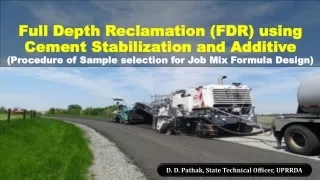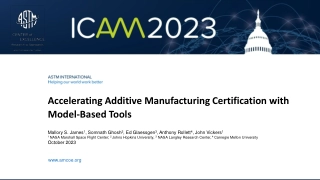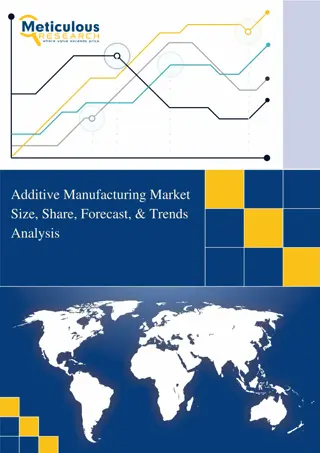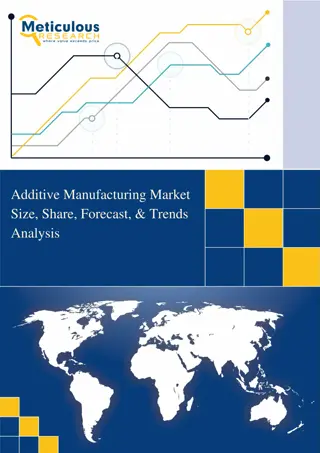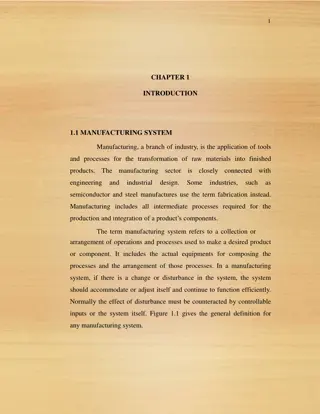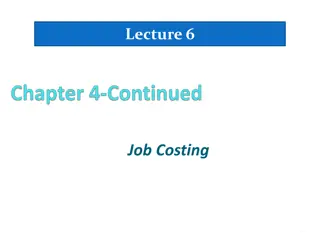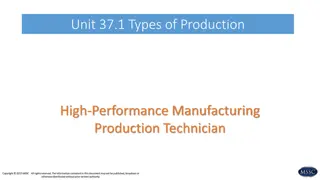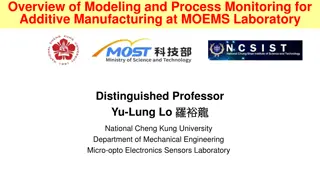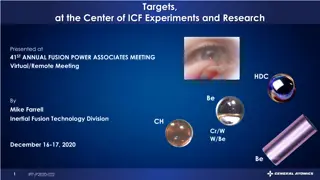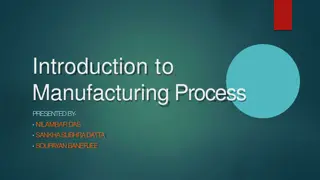
Additive Manufacturing: A Comprehensive Guide
Explore the world of additive manufacturing, also known as 3D printing, and learn about its definition, introduction, processes, and technologies. Discover how additive manufacturing revolutionizes industrial production by creating three-dimensional objects layer by layer. Dive into techniques like binder jetting, directed energy deposition, material extrusion, and powder bed fusion. Gain insights into the precise geometric shapes achievable through additive manufacturing compared to traditional techniques.
Download Presentation

Please find below an Image/Link to download the presentation.
The content on the website is provided AS IS for your information and personal use only. It may not be sold, licensed, or shared on other websites without obtaining consent from the author. If you encounter any issues during the download, it is possible that the publisher has removed the file from their server.
You are allowed to download the files provided on this website for personal or commercial use, subject to the condition that they are used lawfully. All files are the property of their respective owners.
The content on the website is provided AS IS for your information and personal use only. It may not be sold, licensed, or shared on other websites without obtaining consent from the author.
E N D
Presentation Transcript
StudyMafia.Org Additive Manufacturing Submitted To: Submitted By: Studymafia.org Studymafia.org
Table Contents Definition Introduction Process of Additive Manufacturing Additive Manufacturing Technologies Conclusion 2
Definition Additive manufacturing (AM) or additive layer manufacturing (ALM) is the industrial production name for 3D printing, a computer controlled process that creates three dimensional objects by depositing materials, usually in layers. 3
Introduction Using computer aided design (CAD) or 3D object scanners, additive manufacturing allows for the creation of objects with precise geometric shapes. These are built layer by layer, as with a 3D printing process, which is in contrast to traditional manufacturing that often requires machining or other techniques to remove surplus material. 4
Process of Additive Manufacturing Binder Jetting This technique uses a 3d printing style head moving on x, y and z axes to deposit alternating layers of powdered material and a liquid binder as an adhesive. 6
Process of Additive Manufacturing Directed Energy Deposition Direct energy deposition additive manufacturing can be used with a wide variety of materials including ceramics, metals and polymers. A laser, electric arc or an electron beam gun mounted on an arm moves horizontally melting wire, filament feedstock or powder to build up material as a bed moves vertically. 7
Process of Additive Manufacturing Material Extrusion This common AM process uses spooled polymers which are either extruded or drawn through a heated nozzle which is mounted on a movable arm. This builds melted material layer by layer as the nozzle moves horizontally and the bed moves vertically. 8
Process of Additive Manufacturing Powder Bed Fusion Powder bed fusion encompasses a variety of AM techniques including direct metal laser melting (DMLM), direct metal laser sintering (DMLS), electron beam melting (EBM), selective laser sintering (SLS) and selective heat sintering (SHS). 9
Process of Additive Manufacturing Sheet Lamination Sheet lamination can be split into two technologies; laminated object manufacturing (LOM) and ultrasonic additive manufacturing (UAM). Laminated object manufacturing is suited to creating items with visual or aesthetic appeal and uses alternate layers of paper and adhesive. 10
Process of Additive Manufacturing Vat Polymerisation This process uses a vat of liquid resin photopolymer to create an object layer by layer. Mirrors are used to direct ultraviolet light which cures the successive layers of resin through photopolymerisation. 11
Process of Additive Manufacturing Wire Arc Additive Manufacturing (Now known as Directed Energy Deposition-Arc (DED-arc)) Wire arc additive manufacturing uses arc welding power sources and manipulators to build 3D shapes through arc deposition. This process commonly uses wire as a material source and follows a predetermined path to create the desired shape. 12
Additive Manufacturing Technologies The first of which is sintering whereby the material is heated without being liquified to create complex high resolution objects. Direct metal laser sintering uses metal powder whereas selective laser sintering uses a laser on thermoplastic powders so that the particles stick together. 13
Additive Manufacturing Technologies The second AM technology fully melts the materials, this includes direct laser metal sintering which uses a laser to melt layers of metal powder and electron beam melting, which uses electron beams to melt the powders. 14
Additive Manufacturing Technologies The third broad type of technology is stereolithography, which uses a process called photopolymerisation, whereby an ultraviolet laser is fired into a vat of photopolymer resin to create torque- resistant ceramic parts able to endure extreme temperatures. 15
Conclusion Additive manufacturing is the process of creating an object by building it one layer at a time. It is the opposite of subtractive manufacturing, in which an object is created by cutting away at a solid block of material until the final product is complete. 17
Thanks To StudyMafia.org

